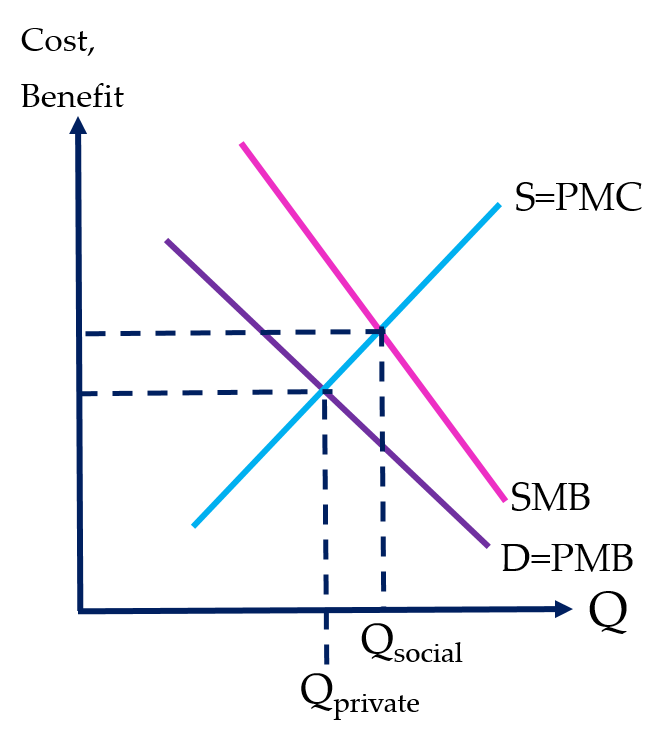When I came to the University of Puget Sound, I intended to be a chemistry major. After my first year in chemistry, I decided it wasn’t really what I wanted to do after college. As I scrambled to find out what else I would do with my life, I reflected back on the things I would miss about the department. I knew I would miss the satisfaction of completing an onerous stoichiometry problem, the professors in the department, and of course, the “bad” jokes and puns. Such as:
H2O is water and H2O2 is hydrogen peroxide. What is H2O4? Drinking.
What do you do with a sick chemist?
If you can’t helium, and you can’t curium, then you might as well barium.
The good news is, I found another major which I like, and it too has “bad” jokes! The other day, as I led a campus tour and informed the prospective students that the geology students don’t take their resource room for granite, I was greeted by one chuckle and several groans. This made me start wondering, does the quantity of “bad” jokes supplied exceed the quantity demanded? My initial thought was yeah, for most people it probably does, but what would a model look like? So, here’s a more refined version of my first, back-of-my-econ-homework model. One important assumption of this model is: most people actually enjoy a “bad” joke or pun, despite their groans. I realize this isn’t precisely realistic, but it does simplify things.
 In this model, supply is the private marginal cost and demand is the private marginal benefit of each additional joke. Social marginal benefit (SMB) represents the additional joy which a “bad” joke brings that isn’t accounted for in the market, bringing the optimal quantity “bad” jokes up from Q private to Q social. Based on this model, one could argue that we are actually underproducing “bad” jokes.
In this model, supply is the private marginal cost and demand is the private marginal benefit of each additional joke. Social marginal benefit (SMB) represents the additional joy which a “bad” joke brings that isn’t accounted for in the market, bringing the optimal quantity “bad” jokes up from Q private to Q social. Based on this model, one could argue that we are actually underproducing “bad” jokes.
To help correct this, I would propose a series of pilot programs, in which universities and colleges would provide monetary subsidies to their top 10 “bad” joke producing students, faculty, and staff. This would incentivize these top tier producers to come up with more “bad” jokes, bringing us closer to the socially optimal quantity. A side benefit of these programs could be an increase in the number of better jokes out there, and relatively reduce the number of lower quality jokes being told. It may also have the unintended consequence of creating more lower quality jokes as the suppliers strive to increase their quantity, but that is a problem for the people implementing this policy.
To end this post, I figured I would share a few of my favorite economics jokes:
How many conservative economists does it take to change a light bulb?
None, the invisible hand will do it for them.
How many Keynesian economists does it take to change a light bulb?
All of them, because it will generate more employment, more production, more income…
Lastly, told to me by Professor Lea Fortmann:
A physicist, a chemist and an economist are stranded on an island, with nothing to eat. A can of soup washes ashore. The physicist says, “Lets smash the can open with a rock.” The chemist says, “Let’s build a fire and heat the can first.” The economist says, “Let’s assume that we have a can-opener…”
Hopefully these can help bring us toward the socially optimal quantity of jokes, but any other contributions would be greatly appreciated! Feel free to comment your favorite economics jokes below!
-Max Coleman

My econ professor once told the lightbulb joke as follows:
How many UO football players does it take to change a lightbulb?
One, but he gets three credits for it.
Go beavs.
Sounds like you had a good Econ professor.